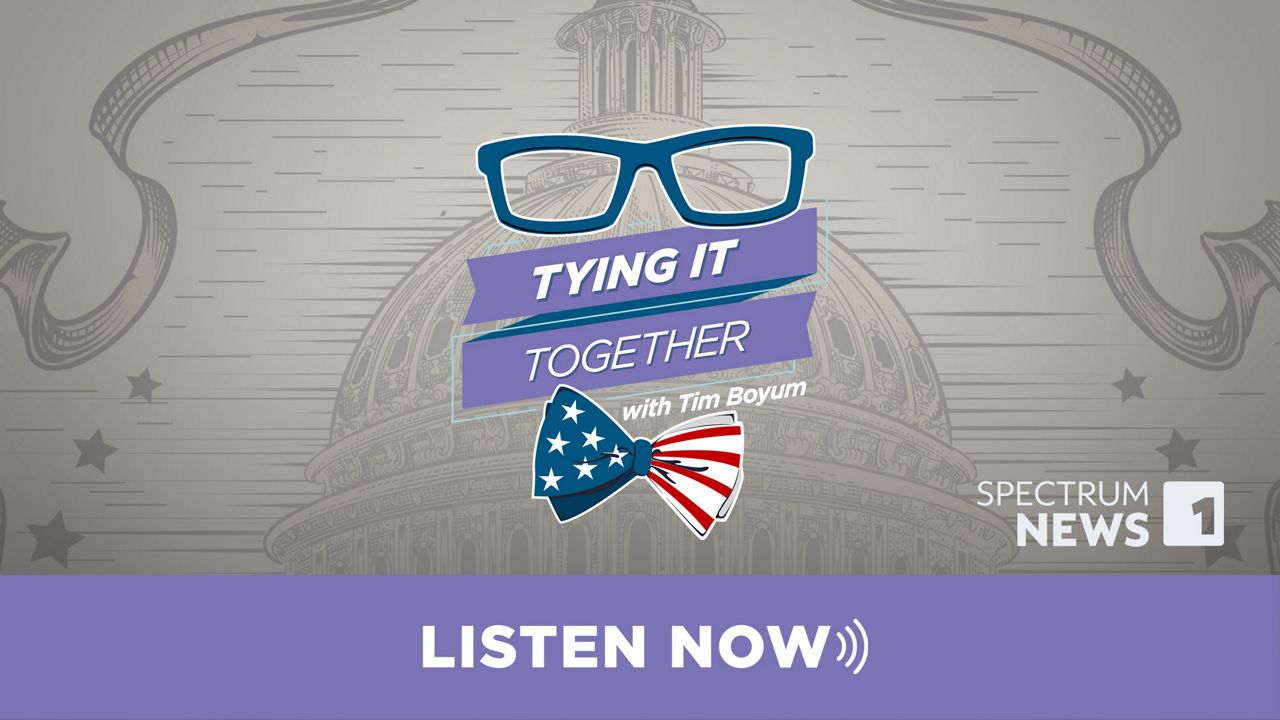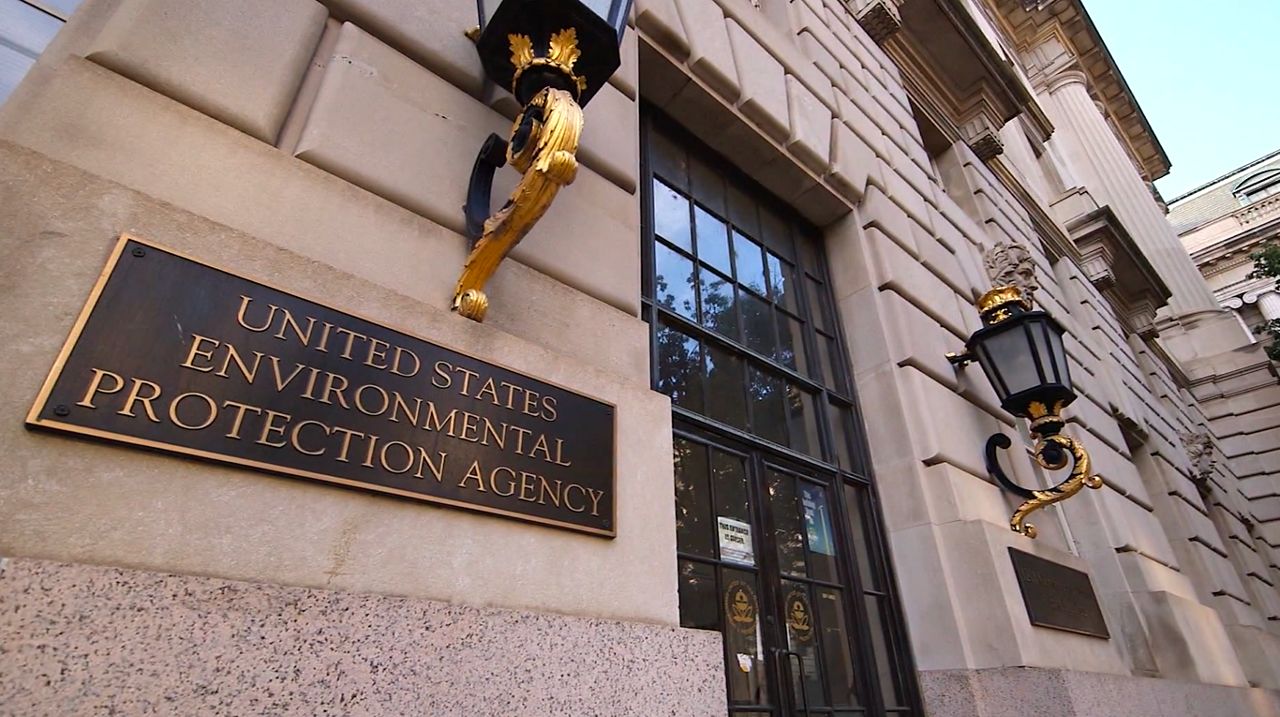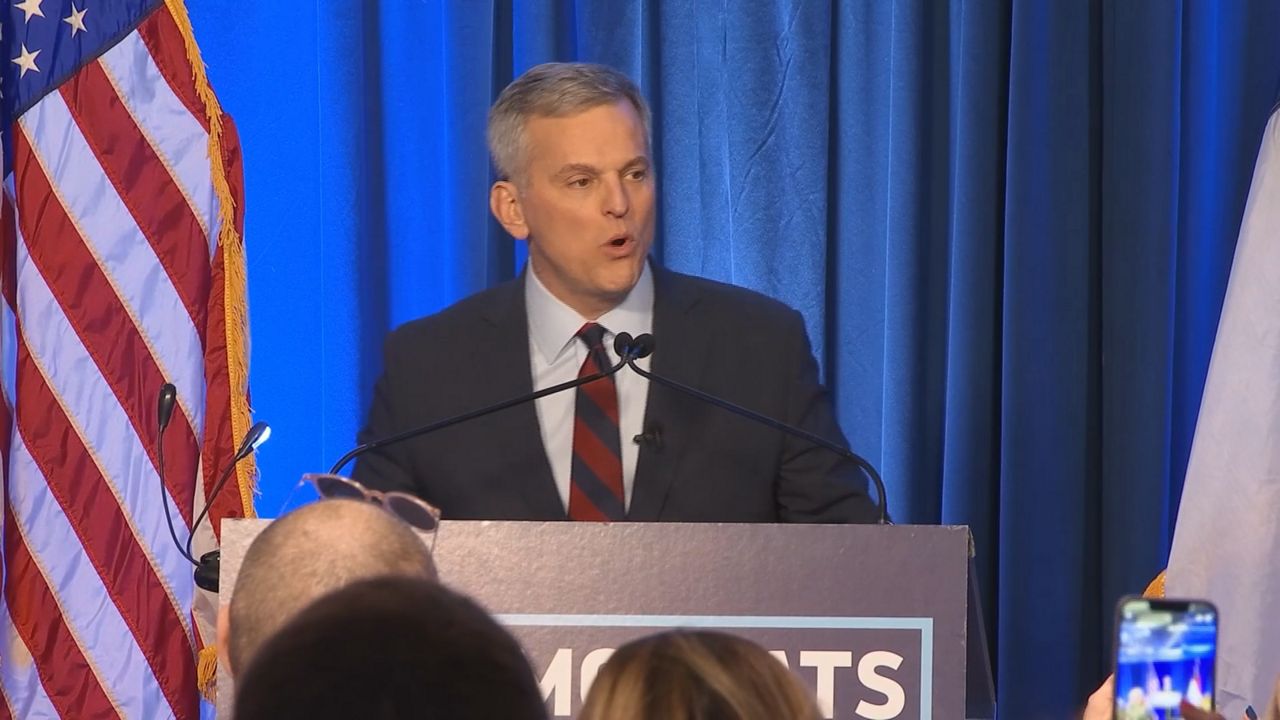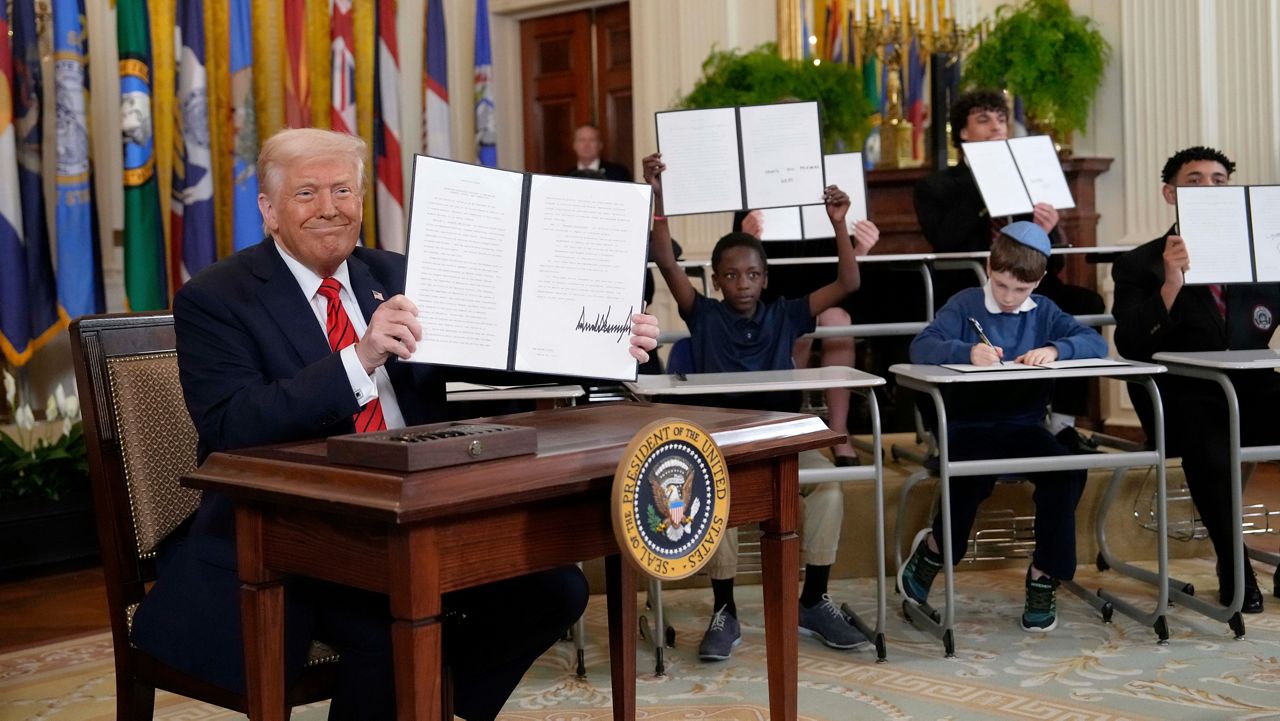Editors Note: This is the second story in a two-part series, looking at how the Trump and Harris campaigns are focused on winning North Carolina.
Former President Donald Trump is on defense in North Carolina as the Harris campaign tries to flip the state blue for the first time since 2008.
Trump won the key battleground state in 2016 and in 2020. He beat Joe Biden by 1.4%, or 74,000 votes, in 2020.
Rural voters were key to him winning, and this year, the state’s new Republican chairman, Jason Simmons, is replicating the party’s approach while not ignoring the state’s cities and suburbs.
“You’ve got that winning formula, and again we’ve been able to with our volunteers, with the data, continue to drill down where are those voters that are going to turn out for President Trump… getting out to them, getting in front of them and then getting them out to vote,” Simmons said.
Simmons replaced Michael Whatley after he became co-chair of the Republican National Committee.
The state is a battleground for the Harris and Trump campaigns, with polls showing the race neck and neck. But the Harris campaign believes it can flip the state blue this election.
“We know that we’ve built a campaign that is all across the state that is meeting voters where they are,” said Harris North Carolina campaign manager David Berrios.
Democrats have also paid staff on college campuses with a goal of energizing students, a key demographic for the party, to the polls.
“She’s got an even better infrastructure built into the ground than Barack Obama did in 2008,” said Catawba College politics professor Michael Bitzer.
Related: Trump and Harris campaigns put muscle behind N.C. campaigns as they vie for the battleground state
Part of the N.C. strategy is candidate visits. Trump and running mate Sen. JD Vance have made a number of recent stops to North Carolina, including rural Asheboro in August.
The campaign said it has 65 paid staff in North Carolina.
The number of paid staff is smaller than the Harris campaign in North Carolina, and the Trump campaign also trails in advertising and fundraising.
But the Trump team isn’t worried about the Democrats’ resources and argues that they are playing catchup and can’t compete with the Republicans' established statewide approach.
“It’s continuing to take that message to all demographics, to all geographic locations across our beautiful state,” Simmons said.
Demographics may come into play this November. More people are moving to the Democratic strongholds of the state’s big cities, Charlotte and Raleigh.
Simmons said he isn’t concerned.
“They’re coming into your urban areas, but they’re also coming out to the coast,” Simmons said. “While we’ve seen an influx of individuals, we’ve also seen an influx of Republican registration because of that.”
According to the North Carolina State Board of Elections, 2.9 million voters are registered unaffiliated, 2.4 million registered Democratic and 2.3 million registered Republican. The number of voters registered Democratic decreased around 200,000 voters from 2020 while Republicans increased around 40,000 voters. Unaffiliated voters gained nearly 450,000 voters.
North Carolina is a state Trump likely needs to win the White House in November, and in many ways, the campaign’s strategy looks very similar to 2020 and 2016. But Simmons said he’s focused on making sure they aren’t comfortable with the status quo.
Related: Decision 2024 updates
“This is what keeps me up tonight. How do you continue to move that ball forward, making sure that you’re having every opportunity maximized every single day to get out the vote,” Simmons said.












